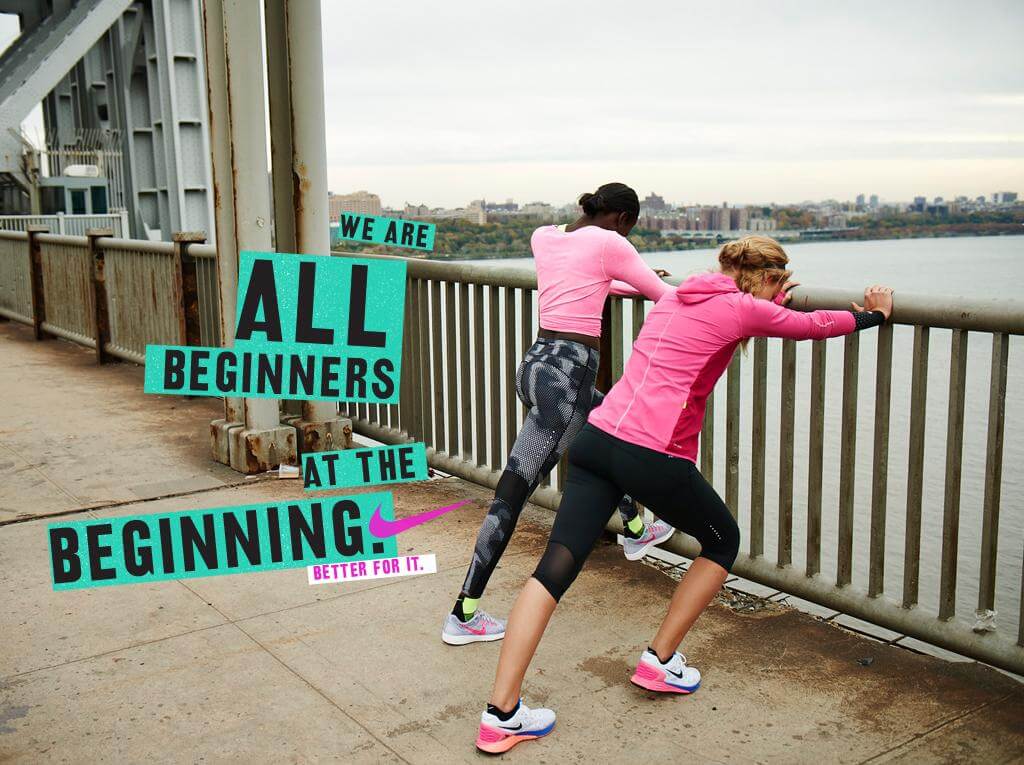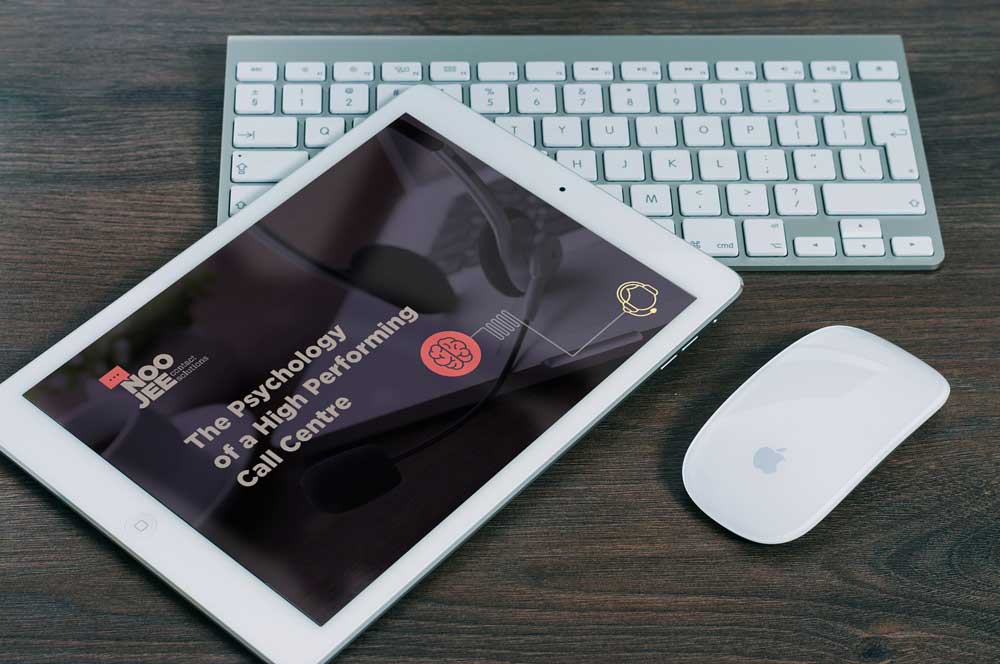Earlier this year I saw a video shared on Facebook that many of my friends raved about as one of the best pieces of content marketing this year. I watched it with tears in my eyes, convinced that this brand had found the real truth to world peace, complete with doves and rainbows. That we are all in a very real and practical sense related to each other. Perhaps you might have seen it too.
In it, a group of people are asked to share their sometimes negative thoughts on other nationalities – French, German and Turkish. Later, (spoiler alert) testing reveals that they have those same French, German and Turkish threads in their DNA, at which point their previously held prejudices are shattered.It’s wonderful, and engaging and very sharable (8 million views so far on YouTube). And yet I don’t think I’m going to buy anything from them anytime soon. Because despite this viral video having all the right elements – new technology, mystery and hope – something for me is missing. Relevance.
Watch it and tell me you aren’t expecting this to be from a company like 23 And Me, or Ancestry.com:
It’s actually for a company called Momondo. If you don’t know Momondo, are you surprised – and a perhaps a little disappointed – to know it’s just a travel booking website? I know I was. I was all ready to spit into a little tube and find out where I’d come from. Instead all they wanted to offer me was a cheap flight in a slightly bigger tube, with no big reveal at the end (although with hopefully less spit).
I guess the insight that there is value in knowing more about your origins makes sense, but it feels a long bow to draw for a travel company. There’s not really any DNA in their DNA, so to speak.
I’m sure some people would love to go back and explore where their ancestors came from. Mine came from tiny farming villages around North Yorkshire and near mines in Cornwall. I’d far rather go on a holiday to sunny Sri Lanka, and I’m pretty sure no relatives of mine ever travelled there. (I’m still interested in that DNA testing thing though.)
My point is that creativity and wonder are fantastic tools to use in the world of content marketing – essential in fact. But if through that you lose your clear positioning that lets people know exactly why they should buy from you, you could be wasting your time. Or worse, helping someone else. Ineffective. A marketer’s nightmare.
And it could be keeping more than a few of us up at night. According to the CMI only 28% of Australian marketers feel their organisation is effective at content marketing. Given the amount of sweat and money spent in researching insights, shaping strategic plans and crafting hours upon hours of content, that figure is a little concerning.
In the race to get people engaged in our content, are we losing sight of our brand?
We all aim to create content that gets the attention of our audience. The kind of stuff that stops them in their tracks as they scroll past. Will make them click ‘share’ instead of clicking the back button. That makes them smile, or cry, or think.
And if you get creative enough with your storytelling, look deep enough for an emotional insight, that sort of content is more or less possible.
There are many great examples to draw inspiration from. Dove’s Real Beauty sketches, Volvo’s The Splits, Chipotle’s Scarecrow, Metro Train’s Dumb Ways to Die – I could go on. It’s fair to say that we know what a good, emotionally led piece of content is supposed to look like.
But if the goal for content marketing is ultimately a sale, which for 82% of Australian marketers it is, maybe we need to revisit how well our content is reflecting our positioning.
Because it’s true that people don’t buy from companies that they don’t like or feel a connection with. But it’s also true that they don’t buy from those that can’t prove their worth. Their value, their usefulness in our lives.
“Have nothing in your house that you do not know to be beautiful or useful.” – William Morris, 19th C English textile designer, poet, novelist, translator, and socialist activist (whew!)
There’s a lot of focus on content being visually compelling, but don’t forget about usefulness too. It’s not only a fantastic interior design ethic, but I believe it’s a key principle of content marketing as well.
But, while you may well offer significant benefits, chances are so do your competitors. And with everyone jumping on the content marketing bandwagon, we’re facing increasing clutter.
If others in your industry are producing ebooks, webinars and videos that show a general awareness of the basic needs and desires of your audience, how do you make yours stand out – and more importantly, work effectively? That’s right – it’s your carefully crafted brand positioning.
Clearly communicating how you’re positioned to help make your customer’s life easier will improve engagement – and eventually sales. Your content needs to be framed around these nuances.
Use your brand positioning as a pennant to rally your audience.
Nike’s Just Do It is well known; and they’ve continually evolved this to speak to the inner monologue of their audience. With the #betterforit campaign, their message to women was that everyone has the capacity to go beyond self doubt to see themselves an athlete.
“We’re past the days of impressions and reach. For us it’s about connection, and the quality of connection. It’s about how the conversation is shaped. So, for us, the true measure is that response, and how this unites a community of athletes in a deeper and better way around the world.” – Kerri Hoyt-Pack, VP Global Brand Marketing
Nike supplemented paid and owned media with content that included a YouTube series and vlogs, extending an invitation to become part of this community of athletes.

Nike #BeBetterForIt campaign, extending the brand positioning line ‘Just Do It’
Remember your brand positioning is not only in what you say, but in the way you sound.
MailChimp is all about making it simple to better emails. The brainchild of Ben Chestnut who was a graphic designer until he got fed up and developed his own email platform. Mailchimp now gives businesses of every size the confidence to be more creative.
“We’re humble, and that’s very important for our connection with our customers. In many ways, we’re communicating with people like you or your company. We appeal to a very challenging audience: people who are very skilled in design, creativity or marketing. So, we try to model our behavior after the level of creative courage that we would like to inspire in our customers. I think that’s really how we appeal to them without being “salesy,” so to speak.” – Tom Klein, CMO MailChimp
The company is transparent in addressing internal issues on their public blog, and use the pulpit to continually encourage its audience to be more creative and courageous – like this gem about why marketers have the sales funnel the wrong way around.
Consider platforms that enhance and expand your brand too.
The very platforms you use for your content can also be something that reflects your brand positioning.
For GE, this means bringing their positioning of ‘Imagination at work’ to life by exploring new technologies, including Vine, Medium and Periscope.
“We decided to experiment on a wide variety of platforms, fundamentally, because it’s a mirror to the DNA of the company: founded by an inventor, Thomas Edison, always about experimenting, always about iterating and what’s new.” – Linda Boff, CMO GE
Collaborations are also an important pillar of their content program, with innovative partnerships with brands like the New York Times and Panopoly allowing them to expand their reach to new audiences.

New York Times/GE Cardboard virtual reality viewer collaboration via WIRED
In your rush to make sure your brand positioning is reflected, remember your content must still be audience-centred.
I’m forever quoting the CMO of SAP who said that big large glass buildings don’t buy software – people do. Having conducted many customer interviews on behalf of our tech customers, I can confirm this to be true.
We have a client that produces call centre software, for whom we’ve produced a variety of long form content. You might think that their target of call centre managers and owners would be particularly interested in the themes of cost reduction, and increasing sales from every agent. In fact the piece of content that outperformed all others by a factor of 4 times was a guide to the psychology of a high performing call centre.

Of course call centre managers care about reaching sales targets, and staying within a budget. But when they walk in the office every day they are hit with deeper more immediate pain points. The grind of needing to motivate staff daily. The fight to reduce staff turnover that can hit 40% or more a year. The Groundhog Day of training new staff, again and again and again.
Regardless of the technology being considered, you’re still talking people who are making decisions influenced by sometimes unconscious personal biases. A desire to protect a pet project, avoid a difficult conversation, reduce their own frustration, even secure a year-end bonus – they’re only human after all.
So to sum up, don’t lose relevance in the race for creativity and engagement.
I started with a content example that while beautifully executed, ultimately left me unwilling to buy.
I’ll leave you with a favourite from Valspar Paint, who demonstrate through a potentially life-changing experience for a few, the power that colour brings for all of us.
Perhaps I can see rainbows and world change after all.
Related articles
Image via Flickr CC/Eelke




